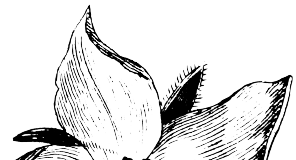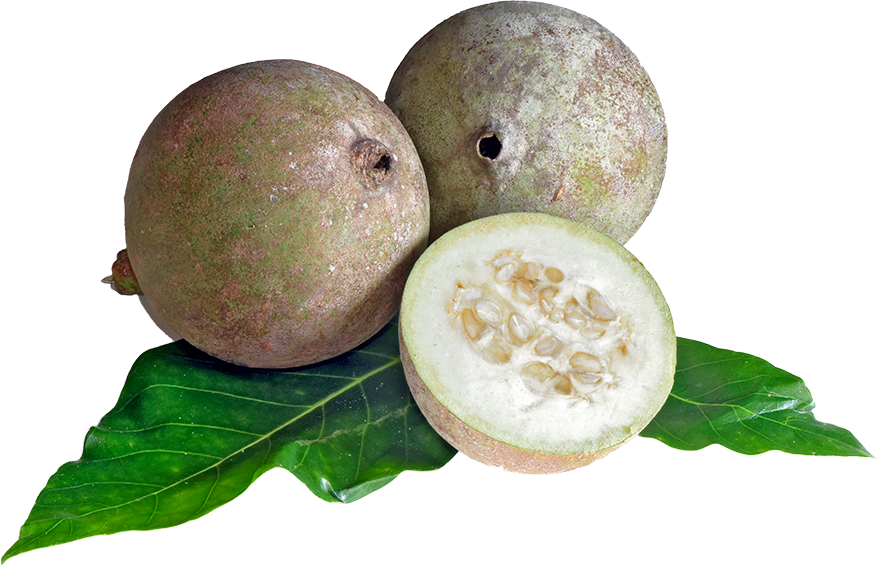Although Jagua gel has been in existence for a long time, it is not as popular as henna. Jagua is a fruit that grows naturally, which is widespread throughout the rainforests of South America. The fruit is edible and is used by several companies for food coloring in different countries. When applied to the skin, Jagua will leave a stain on the top few layers of your skin which will create an all-natural temporary blue-black tattoo.
Brown henna tattoos are great for creating a traditional Mehndi tattoo though they may not be seen as real tattoos. It also has several features that make it different and unique. Let's take a look at some of the similarities and differences between henna and Jagua which are two natural ways to have great tattoos.
Geography and Material
When it comes to the material used in producing the tattoos, both products are all-natural. Shrubbery leaves are used in the production of henna while a fruit that grows on a tree is used for Jagua gel. Jagua berry trees can be found mainly in South America and Panama while henna is indigenous to Africa, India, and the Middle East and it grows well in dry desert climates.
Preparation
During the preparation of henna, the leaves from the henna plant are first dried, ground until it becomes a powder then mixed into a paste. Some of the common all-natural ingredients of henna include sugar, black tea, essential oils, and lemon juice. During the preparation of Jagua gel, the Jagua berry juice is mixed into a gel and other all-natural ingredients such as xanthan gum, rosemary or lavender essential oil and citric acid are added.
Henna and Jagua Gel Application
Basically, the most popular way to apply Jagua gel is by squeezing the gel through the Applicator Bottle and a metal syringe tip. Jagua gel can also be easily applied using a paintbrush (mainly for creating images with shades) since it’s more watery than henna.
The henna paste shares a similar application method with Jagua. It is commonly applied by squeezing the paste through rolled Mylar paper or cellophane. In some cultures, needles or sticks are used to "drape" the henna paste onto the skin. Henna paste can actually be applied using a paintbrush.
Setting Time and Duration
Generally, henna stains last for 1 to 4 weeks while Jagua stains also last for 1 to 4 weeks. The duration of the stains for henna and Jagua lasts based on several factors such as the skin type, the location of the tattoo and where the gel is applied.
It takes between 30 minutes to 1 hour for the Jagua stain to dry while henna will dry within 10-20 minutes.
When it comes to the setting time, you will need to keep the Jagua gel on your skin for 2-6 hours. It does not really require much time to set, however, henna will give you better results when left for a longer time. Two hours is nice, six hours is much better but you can get a great result if you leave the henna stain for 12 hours to set.
Aftercare Removal and Fixatives
While fixing your Jagua tattoo, you don't need any aftercare fixatives. You don't need to put anything, just allow the Jagua gel to do its thing.
When using henna, you need to apply a lemon/sugar aftercare solution to get the best results. By applying this mixture on your henna tattoo, you create a sticky layer that prevents the henna from cracking off too soon. Also, the stain can darken faster with the aid of the heat from the lemon juice when it reacts with the henna.
The Jagua gel is very potent and it is not advisable to sleep with it overnight. You need to wash off the gel with soap and warm water after 3-6 hours.
While applying henna, you don't need to wash it off early, rather, it needs to be protected from water especially within 24 hours. You can even apply all-natural oil over the fresh henna stain to prevent water from destroying it. The longer you keep water away from the henna stain the better results you get.
Possible Allergic Reactions
It is quite rare to get allergic reactions when using Jagua gel, however, people that have Eczema, allergies to berries such as strawberries or blueberries are likely to react to the use of Jagua because it is also a berry. If you experience a natural allergy to Jagua, it will lead to itchy and red bumpy skin. You can apply an anti-itch cream and let the reaction run its course.
All-natural henna does not lead to allergic reactions too, however, people could react to essential oils or lemon juice found in the paste. If you experience a natural allergy to henna, it can lead to itchy and red bumpy skin. Simply apply anti-itch cream and let the reaction run its course.
Generally, if you notice any severe reaction to either henna paste or Jagua gel, you should see a doctor immediately.
Color Results and Placement
The henna stain is orange to red to brown color while Jagua stain is a blue to dark blue to almost black color. The Jagua stain will first appear faint blue after three hours but will darken after 24 hours resulting in a dark navy blue color and finally, it will turn almost black within 48 hours.
Although henna has similar development stages like Jagua, its color is different. First, it will start as bright orange color after two hours and within the next 24-48 hours, it will develop a red/brown color.
The location of the tattoo on the body also determines the color. Both Jagua and henna stains are darkest in areas such as the feet, palms, hands and drier skin areas of the body. However, Jagua achieves darker stains in most body areas better than henna.
Product Shelf Life
Basically, the henna paste once mixed has a shelf life of about three days and if not frozen or used within three days after mixing, it will become useless and lose its staining power. This makes henna paste not the ideal product for those who intend to retouch their tattoo design every few days. Jagua is better when it comes to shelf life because it will last for as long as 2-3 weeks at room temperature and its consistency will not change. It can even last longer when kept frozen. So, if you need something handy to use when inspiration arises, then Jagua gel is what you need.
Now you have the differences and similarities between henna and Jagua gel. The one you choose depends on the goal you want to achieve but one common feature of the two is that they are all-natural and provides great temporary tattoos.




